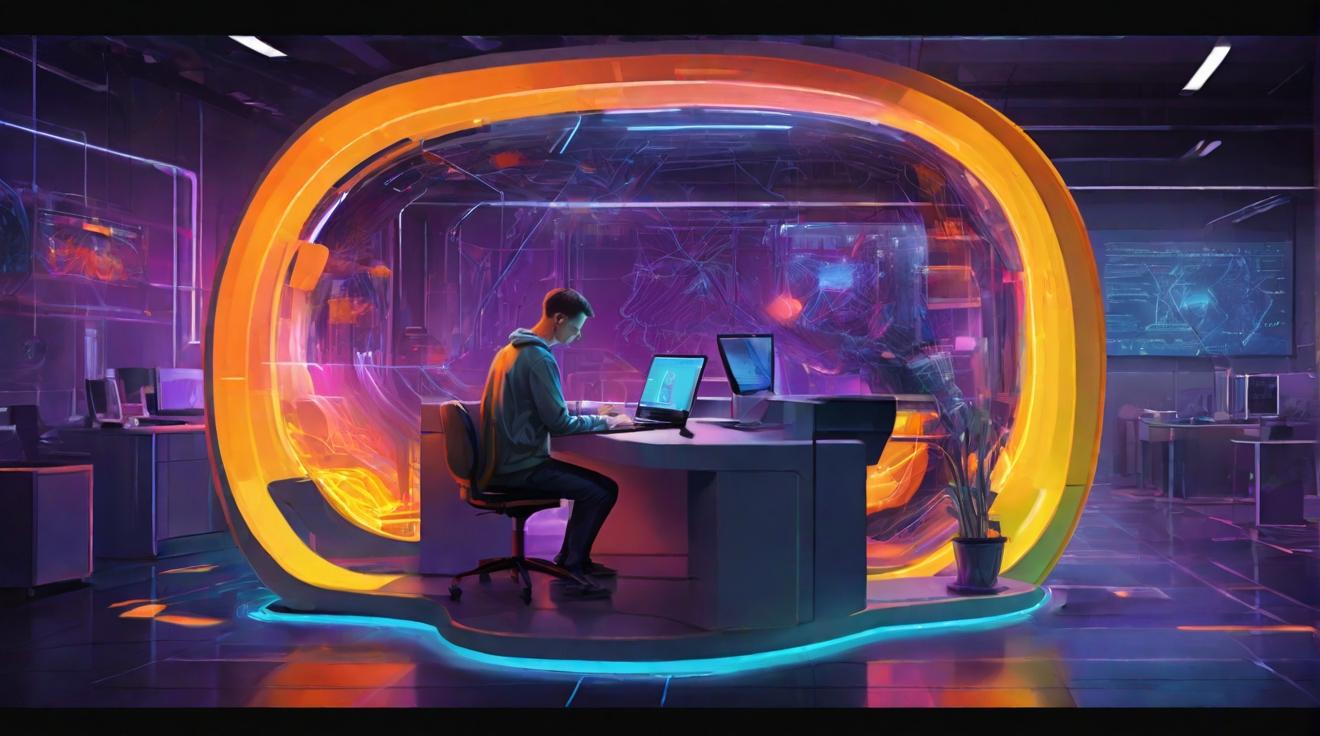A Breakthrough in Water Purification
Scientists at the University of Missouri have unveiled a revolutionary technology that can remove over 98% of nanoplastics from both fresh and saltwater, offering a promising solution to a growing environmental threat. This method, developed under the guidance of Gary Baker, uses eco-friendly solvents to absorb plastic particles from a large volume of water, making it a sustainable option for cleaner water.
Understanding Nanoplastics
Nanoplastics are tiny particles, much smaller than the diameter of a human hair, and are invisible to the naked eye. They pose significant health risks, being linked to cardiovascular and respiratory diseases. These particles often end up in water bodies, accumulating over time and entering the food chain, which can harm both aquatic life and humans.
Innovative Purification Methods
The team at Mizzou has engineered a liquid-based solution using natural, water-repelling ingredients. This novel solvent, when mixed with water, absorbs nanoplastics, and then re-separates, bringing the plastics to the surface where they can be removed. This practical approach not only addresses nanoplastic pollution but also opens new avenues for advanced water purification research and development.
Scaling and Future Applications
In laboratory settings, researchers have successfully used a simple pipette to extract the solvent along with the absorbed nanoplastics. The next challenge is to scale this process for larger water bodies like lakes and oceans. Future research will focus on maximizing the solvent's capacity and exploring possibilities for recycling it, thereby enabling multiple uses.
Implications for Environmental Policy
Piyuni Ishtaweera, a lead researcher now working at the U.S. Food and Drug Administration, emphasizes the method's safety and effectiveness in both fresh and saltwater. The solvents, made from non-toxic components, prevent further contamination, making the method highly sustainable. The study provides insights into nanomaterial behavior and supports the development of informed environmental policies.
Conclusion
This breakthrough, detailed in a recent study titled “Nanoplastics Extraction from Water by Hydrophobic Deep Eutectic Solvents”, represents a significant step forward in tackling plastic pollution. By outperforming previous methods and offering a scalable solution, this technology could play a crucial role in global water purification efforts.













